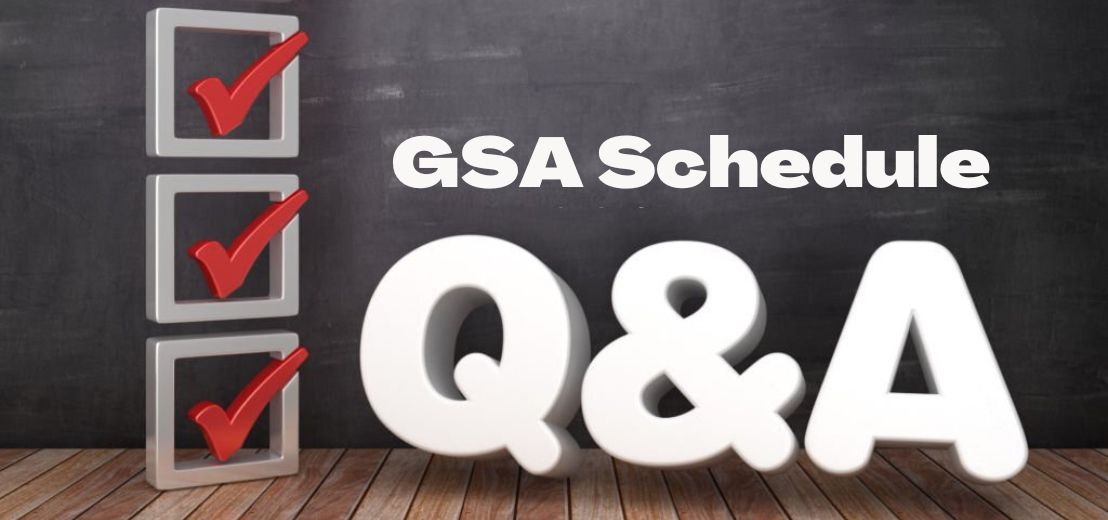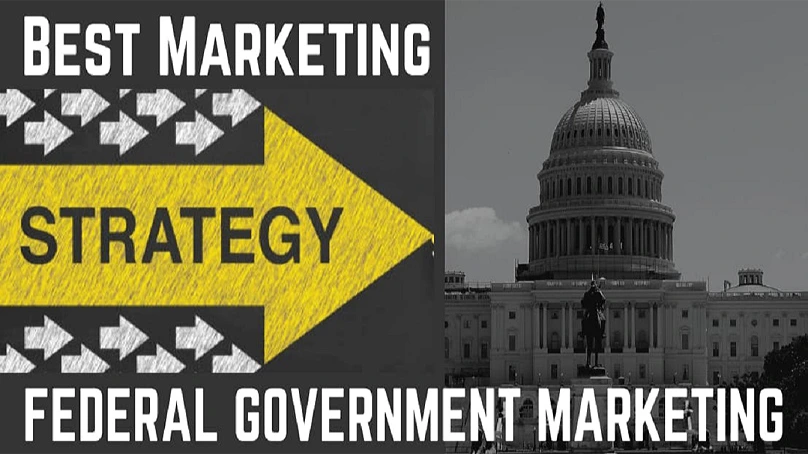


Did you know that veteran-owned businesses account for 2.52 million of the 27.9 million firms in the United States?
That's right: SDVOSB certified firms have a significant impact on the US economy, employing over 5.793 million people and generating over $1.220 trillion in revenue.
Without veteran entrepreneurs, a small company in the United States would be nowhere near where it is today. Even still, launching a business as a seasoned entrepreneur is far more difficult than it should be.
If you're a veteran looking to establish a business, there are a few steps you may take and resources you can use, including standard forms of funding and various VA SBA loan programs.
As a seasoned entrepreneur, here's your comprehensive guide to launching and financing a business.
Even deciding to start your veteran-owned business is a big, exciting, and potentially terrifying step. If you've never done something like this before, there are a few hurdles to overcome.
Knowing that you want to establish a business is only the first step; you don't have to know how to do it.
Let's go over a crash course on how to establish a business, followed by a look at the various resources accessible to veteran entrepreneurs to assist you to get started.
You may be entering into business having SDVOSB certification knowing exactly what kind of business you want to create. You've had that brilliant business concept for a while now, and you can't seem to get enough of it—business ownership has come to you.
On the other hand, many people are born with an entrepreneurial spirit. They were born to be their boss, but they don't always have the right business idea. If you find yourself in this circumstance, the first step in beginning a business is to come up with a viable business plan.
Here are four questions to ask yourself if you're looking for a company idea that works for you:
What Abilities Do I Possess?
You have a unique set of abilities as a veteran that might be put to good use and turned into a great business idea. Alternatively, apart from having SDVOSB certification, you may have abilities from before you entered the military that you can use to inspire your business idea.
It's difficult enough to figure out how to run and manage your business; don't make it any more difficult by establishing one. Play to your abilities rather than reinventing the wheel.
What Am I Passionate About?
Many small businesses were founded on concepts that simply made sense, even if they were unrelated to the business owner's passions, goals, or interests. So, as you create your business idea, that whole "love what you do" notion doesn't have to hold.
While brainstorming your business idea, it's important to keep your interests in mind. You can discover that you have a terrific business concept in a field that you previously thought was merely a hobby for you.
What Resources Do I Have At My Disposal?
Without you realizing it, you may already have the contacts, tools, resources, or equipment you need to start a business. Starting a repair business might be a wonderful option if you have a great tool shed and have always been handy.
If you've inherited a storefront or retail space, you've already gotten your foot in the door when it comes to opening a physical location. Because starting a business will almost always demand a big initial investment, it's a good idea to start something where you already have a few of the necessary items.
What Kind Of Need Could I Meet?
Is there a vast, gaping need in your local (or wider) community that could be supplied by a great business? Then you might be the one to complete that puzzle piece.
Many of the world's most successful small and large enterprises began as a solution to a problem. So put on your thinking cap, put yourself in your potential consumers' shoes, and try to address the challenges they experience daily before going for a SDVOSB certified firm.
It's time to put your company idea on paper now that you've chosen one to pursue.
A business plan is an important aspect of starting a business. Your business plan will show you where your firm stands right now and how you plan to get from point A to point B in the following two to five years.
By illustrating why investors, lenders, and potential partners should engage with and invest in your firm, your business plan will assist you in persuading them to do so.
Overall, this is an important paper that should be carefully considered. As a result, here's what your business plan will need to cover.
1. A Summary
Your executive summary is a high-level review of your organization that gives readers a taste of what they'll find in the remainder of your plan if they read it.
This section should be no more than one or two pages long; clarity and conciseness are critical. Despite its briefness, your executive summary is likely one of the most important portions of your work. If an investor or lender doesn't get what they need from the executive summary, your business plan may be dismissed outright.
Your executive summary should include a high-level overview of your company's operations and long-term objectives.
An executive summary for SDVOSB certified firm can include the following:
2. An Overview of the Company
Your company overview should be the following section of your business plan. A company overview is a look at your firm's structure and how it works in general.
Consider the following three broad pieces of information when structuring your company overview:
Give a quick elevator pitch: Begin by summarizing what your company performs in a few sentences. This is quite similar to an elevator pitch. This allows the readers to have a sense of what they're dealing with.
Give an example of your value proposition: Describe your company's mission and the market you serve. Put your company in the context of the entire industry and explain how you fit in.
Describe the structure of your company: After you've presented your company and its value proposition, explain how it's structured. How many people are there in total? What is your legal entity's name? Make sure to clarify this when putting together a company summary.
After you've created a business plan, the next step is to make it official by registering your company and obtaining the legal documentation you'll need to function.
After big-picture planning, this is a difficult adjustment to make, but it's important if you want to get up and running quickly.
In the long run, taking the effort to correctly create your new firm from the beginning will save you a lot of difficulties.
Here are the actions you'll need to follow to officially register your business with the local and state governments.
A service-disabled veteran-owned small business (SDVOSB) is one in which a service-disabled veteran owns and controls 51 percent of the company.
SDVOSB certification is valid for three years from the date of issuance. All program participants must renew their eligibility to continue to be eligible. A renewal that has been approved is valid for three years from the new approval date.
There's, even more, to gain for other groups, such as those run by US veterans. Veteran-led businesses may be eligible for certification as a Veteran-Owned Small Business (VOSB) or a Disabled Veteran Owned Small Business (SDVOSB). The government awards between $145 and $173 billion in contracts each year to companies that have these qualifications.
The Federal Certification process, on the other hand, is difficult to traverse and should not be taken lightly. A single filing error can result in significant delays and the loss of important federal opportunities, and many qualified veteran business owners aren't sure what it takes to complete VOSB certification requirements, let alone how to fully utilize their benefits once they've completed them.
There are 2.52 million SDVOSB certified firms in the United States.
The state of California has a certification process called DVBE (Disabled Veteran Business Enterprise). The SDVOB (Service Disabled Veteran Owned Business) classification is a federal designation with its own set of rules. The two terms do not have the same meaning.
To be eligible for the SDVOSB program, your company must meet the following criteria:
Final Thoughts
Each of these services and programs is aimed at assisting veterans like you in starting and growing a small company. We understand that as a veteran, your education and experience have prepared you to launch a successful business.
Also Read:
Register Your Business with the U.S. Government to Generate Federal Sales






